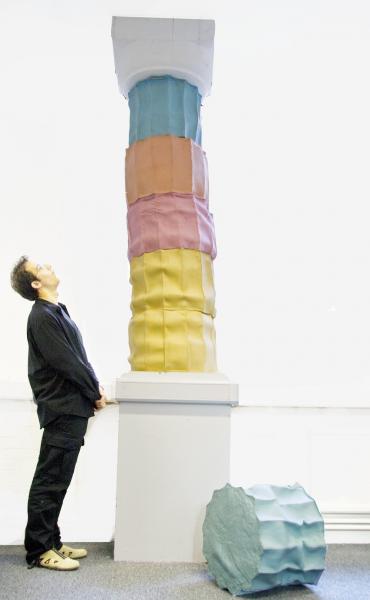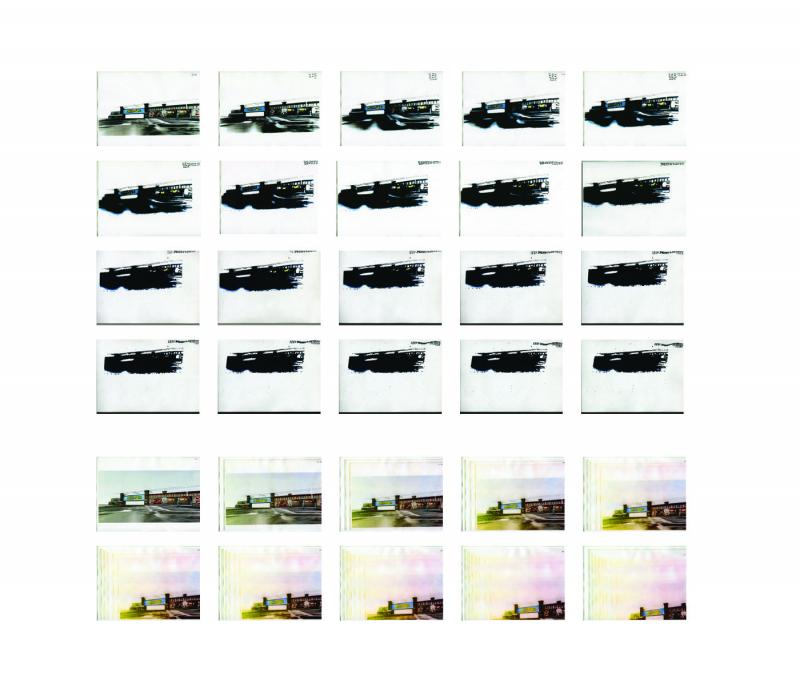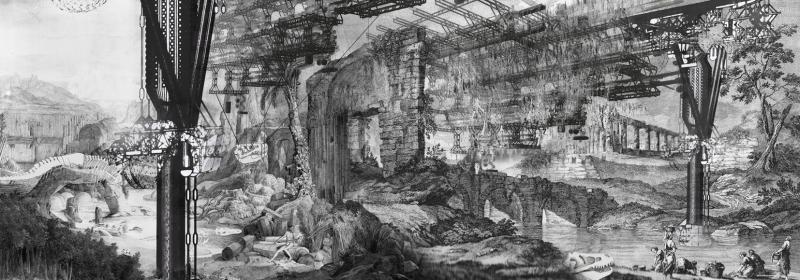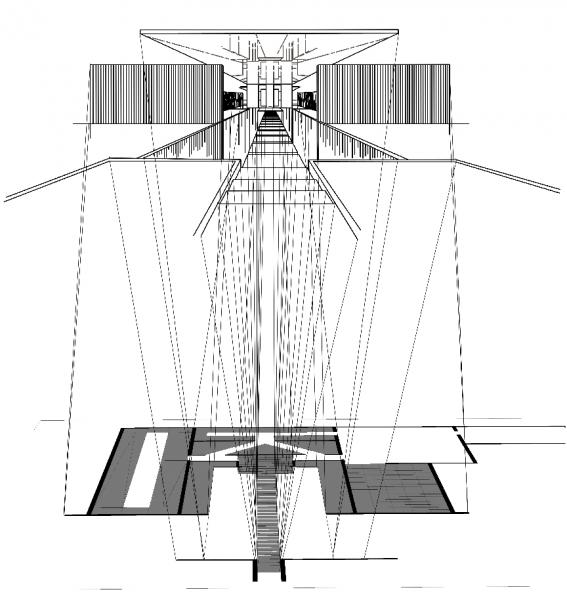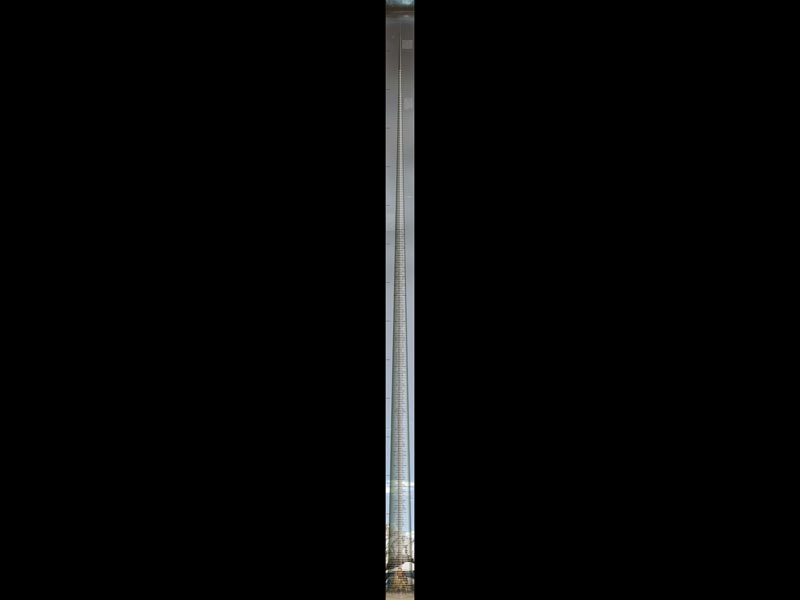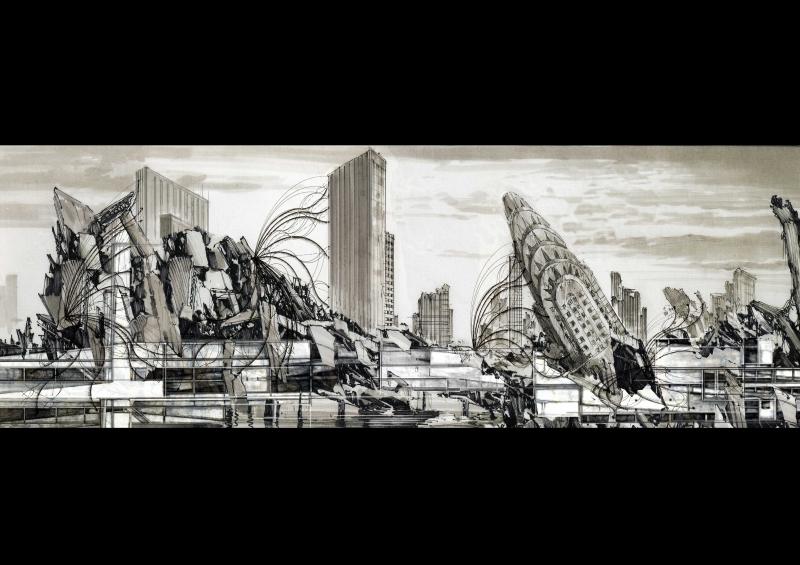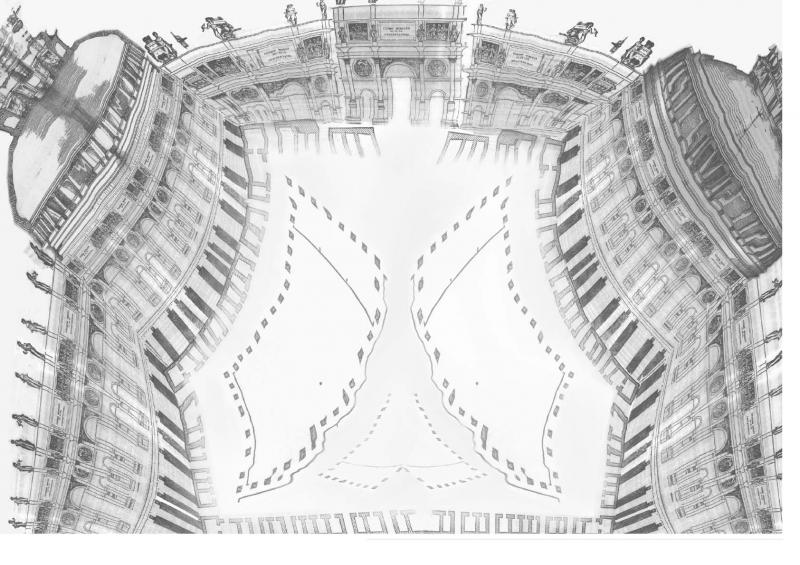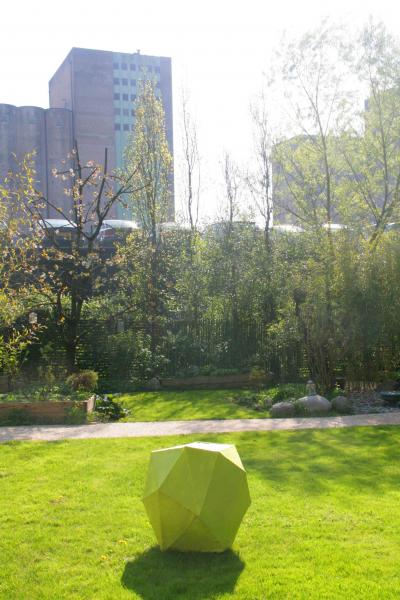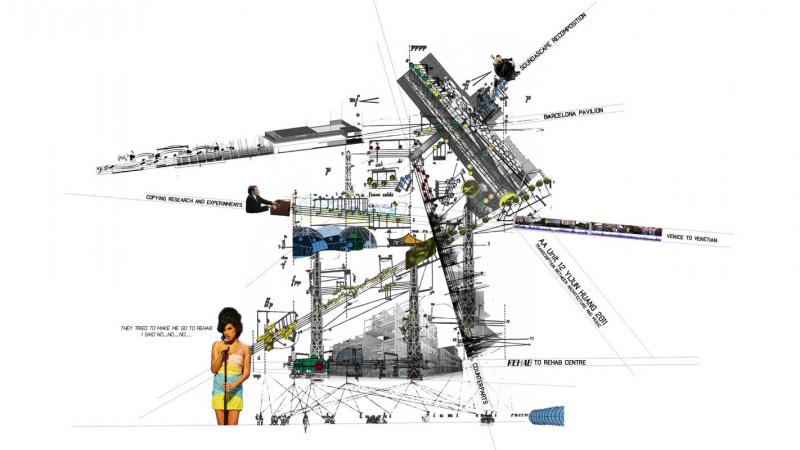Deep Copy
Copying may be endemic within contemporary culture but is simultaneously subject to laws and attitudes suggesting degraded and immoral practice. This position between ubiquity and restraint might explain why many vibrant aspects of contemporary culture emerge
from forms of copying. In this context the unit has explored the relationship of architecture to the multivalent meanings and implications of copying.
While originality remains embedded in the cultural myth of creative practice we can also construct an alternative history where copying acts as the prime agent of architectural culture. Greek temples, for example, were stone versions of timber structures, Romans copied Greeks, the Renaissance copied both and the Grand Tour was an exercise in looting classical culture’s intellectual property. Each copy however allowed something radically new to be said. The history of architecture recalls Barbara Kruger’s aphorism cut-and-pasted onto an image of a breastfeeding baby: ‘We are obliged to steal language’.
Our own re-enactment of the Grand Tour followed an appropriate itinerary to start a journey into the heart of architecture and copying that first took us to Venice and then to its third-generation copy at the Venetian Casino in Macau. If Marinetti, author of the Futurist Manifesto, described gondolas as ‘rocking chairs for idiots’, our Venetian fieldwork was to examine the opposite: the idiocy of historical re-enactment and replicas as powerful sites of modernity.Though the profession increasingly relies on technologies of copy, duplication and replication the idea of the copy brings profound moral disturbance to our conception of architecture. The unit’s work has asked questions about the nature of this disturbance: Does the myth of the doppelgänger haunt architecture? Does architecture’s encounter with its doppelgänger foreshadow its own death? Or, conversely, might architecture find a productive and regenerative relationship with the culture of the copy?
